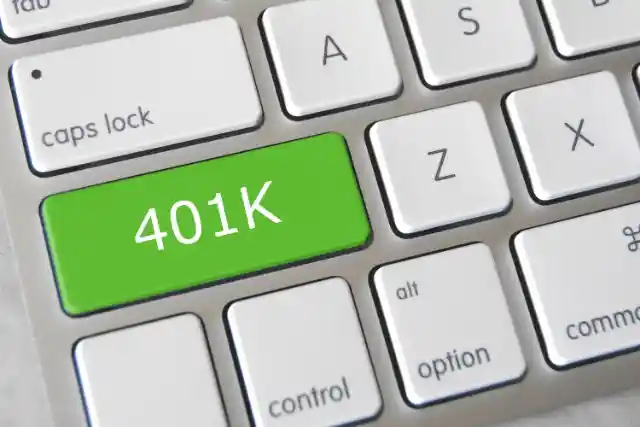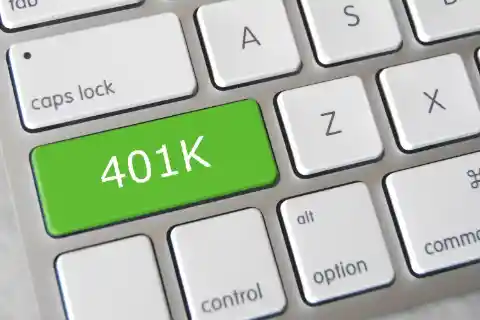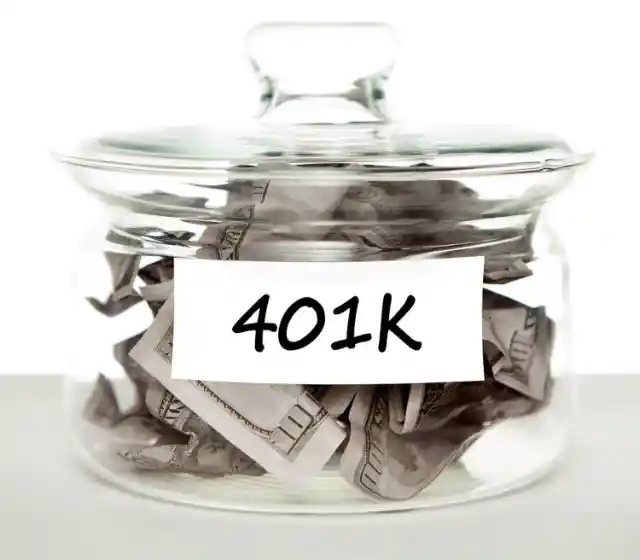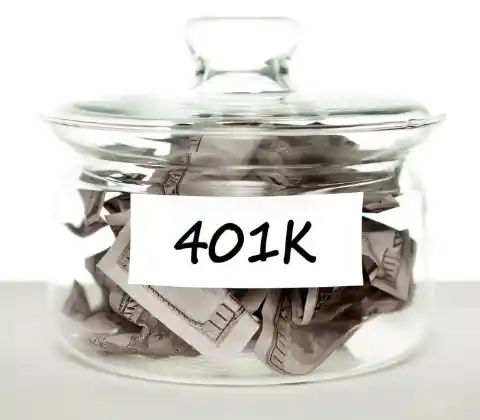Save Longer
Saving for retirement is always a good idea, but the onset, and continuation, of the COVID-19 pandemic and the accompanying economic downturn have made people think differently about their monetary priorities. Not surprisingly, more than a quarter of Americans have stopped, or at least slowed, their retirement savings contributions.
Not so long ago (2020, to be exact), Congress passed what was known as the Secure Act to help people build their retirement savings. In light of recent pandemic-induced economic difficulties, including job losses and business closures, lawmakers have introduced the Securing a Strong Retirement Act. Here are six proposed changes that will help to make the Secure Act 2.0 a welcome relief for those hoping to continue funding their retirement savings, despite the demands and uncertainties of a global health crisis.


Aging has its rewards: Congress has raised the required minimum distributions (RMDs) age to 75, up from 72. What does that mean for you and your savings? You’ll have an additional three years to continue saving for retirement without being taxed by the IRS.
You’ll be able to let your savings grow over a longer period of time, which means you’ll have more on hand when it comes time to tap into retirement funds. If you’re looking for assistance with working out either a short- or long-term retirement plan, check with a certified financial planner such as those available through Facet Wealth.
Check Out The Saver’s Credit


If you’ve never heard of the Saver’s Credit, you’re not alone. A special tax break designed to assist low- and moderate-income people striving to save for retirement, the Saver’s Credit allows for a tax credit of between 10% and 50% of the amount you put aside for retirement. The exact amount of the credit depends on your income level.
The Secure Act 2.0 creates a single tier of 50%, raises the income qualification amount, and allows for a maximum annual credit from $1,000 to $1,5000.
Count On Better Catch-Up Contributions


The Secure Act 2.0 allows for easing of limitations on how much you can contribute annually to your 401(k). The numbers tell the story: In 2020, individuals under 50 could contribute up to $19,5000 from their pre-tax pay; those over 50 could contribute an additional $6,500 as a “catch-up contribution.”
The proposed change would allows for people 60 and older to contribute up to $10,000 more every year for retirement plans, and $5,000 more toward SIMPLE IRAs.
Invest More Easily In A 401(k)


With a 401(k), you deposit a portion of your paycheck into an account that allows you to invest — and grow — your money, while also receiving a tax break on those funds. Some employers also contribute matching funds to your account, which adds more incentive for saving and planning for the future.
Under the Secure Act 2.0, companies will be required to automatically enroll all employees who are eligible for a 401(k), although opting out will still be on the table.
New 401(k)s will divert at least 3% and no more than 10% of your paycheck; the auto-deferral rate would increase by 1% annually until reaching 10%.
Pay Student Debt Quicker


This should bring a degree of relief: The Secure Act 2.0 allows you to pay down student debt instead of contributing to a 401(k) plan — and still continue to receive an employer match to your retirement plan. All of which means you can pay down student debt and save for retirement simultaneously.
Increase Charitable Contributions


You might want to learn about QCDs and RMDS, ASAP.
With the Secure Act 2.0, the annual limit on qualified charitable distributions (QCDs) increases from $130,000 to $100,000. QCD funds are transferred directly from your individual retirement account (IRA) to an eligible charity, and count toward your RMDs.
The end result? You’re contributing to a charity of your choice before you have no choice but to pay significant taxes on whatever money remains in your retirement account when you hit RMD age. Doing good, it seems, is a good deal.